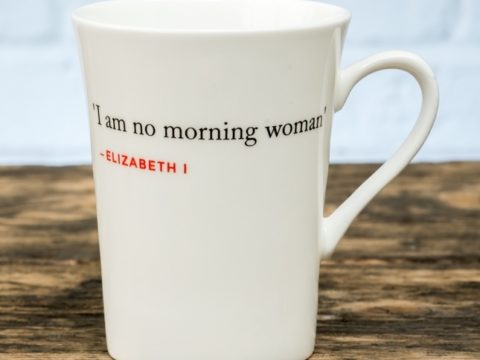Royal Splendour
Chapter 4 : Newark to York
Newark was a sizeable town, with a castle. Waiting to meet her was the Sheriff of Nottinghamshire, William Pierpoint, together with knights, gentlemen and squires, totalling some two hundred riders and others. Again, the Franciscan friars, from the College founded only four years before by Margaret’s father, came in procession to greet her, with the town Bailiff and others. The townspeople crowded into the streets and the upper windows of houses to see her pass.
Rather than staying in the castle, Margaret was lodged at the Hart Inn. Until very recently, there was a pub called the White Hart in the old city centre, in White Hart Yard, so, given how inns tend to evolve over time, it was probably the same location, although a replacement building.
The following day, she moved on to Tuxford, and on this occasion was given the cross to kiss at Mass by the Bishop of Moray – obviously there was a tactful mixture of favours between the English and Scottish attendants. In Tuxford, a mere 14 miles on from Newark, she stayed at the Crown, which seems to have disappeared.
The next stop was at a place called, at the time, Sirowsby, where the Archbishop of York had a residence where she spent the night. Sirowsby as a name has disappeared from the map. Thorseby has been suggested, but seems too far west. Styrrup seems a more likely location. Here too, she was met by a crowd of some twenty-five local gentlemen among whom was Sir Gervase Clifton (whose grandson was to have seven wives!).
Following Sirowsby was Doncaster, another very sizeable town, and on the approach road she was met by the Sheriff of Yorkshire, Sir William Conyers and at least sixty others, all with their servants dressed in livery. Later, Sir Edward Savage and Sir Ralph Ryder joined the procession – replacing the Sheriff of Nottinghamshire who left the party as it moved into Yorkshire. Again a full array of Mayor and Burgesses greeted Margaret, who must have been exhausted by all the comings and goings. That night, she was lodged in the Carmelite Friary in the town.
This friary, built in the 1350s had many aristocratic patrons, and had been visited by Henry VII in his first trip north after his coronation. Like all of the other religious houses visited by Margaret on her journey, this would be suppressed by her brother, closing in 1538, after the Pilgrimage of Grace. The statue of Our Lady of Doncaster, before which Margaret would have knelt in prayer, was probably burnt at Smithfield in the same year.
The next town was Pontefract, where Margaret was entertained by some of the gentlemen making ‘gambades’ – that is, persuading their horses to take all four feet off the ground at the same time. Pontefract was full of gentlemen from the surrounding countryside, all eager to see the Queen of Scots. The town was crowded as she rode through, past the castle, to the abbey, where the Abbot received her in his full pontifical vestments, and she heard Mass before retiring to sleep in the abbey guest rooms. Pontefract was the original location of the burial of Margaret’s great-grandfather, Richard, Duke of York, although his remains were later translated to Fotheringhay.
The day after, she dined at Tadcaster, where Lord and Lady Latimer met her, with a company of fifty. Lady Latimer might well have been glad of a day away from her family of twelve, one of whom, John, was to be the second husband of Queen Katherine Parr. Departing Tadcaster, the next dignitaries were the Mayor and Burgesses of York, Lord Scrope of Bolton and his son, Lord Scrope of Upsall. Scrope senior was the brother-in-law of the Earl of Northumberland, the most important magnate in the north of England. Four miles further on, Northumberland himself appeared.
The Earl was dressed to impress – his horse had a foot cloth that reached the ground, made of crimson velvet embroidered with arms of the blue lion rampant. The arms were also on the saddle and harness. His stirrups were gilded, as were the spurs on his black velvet boots. His gown was also of crimson velvet, with collar and sleeves set with jewels. He too performed gambades to show off his horsemanship.
Northumberland was surrounded by liveried retainers – treading a fine line between honouring his king’s daughter, and appearing to flout the law against the maintenance of private armies. He even had his own herald, showing his status as almost a prince in the north – the land that ‘knew no king but Percy.’ In his train he had numerous local gentlemen, and in all, about three hundred mounted men as well as those on foot, dressed in velvet, damask and chamlett as well as ordinary cloth. This was a display of wealth that might well have made Margaret’s father frown when he heard about it.




